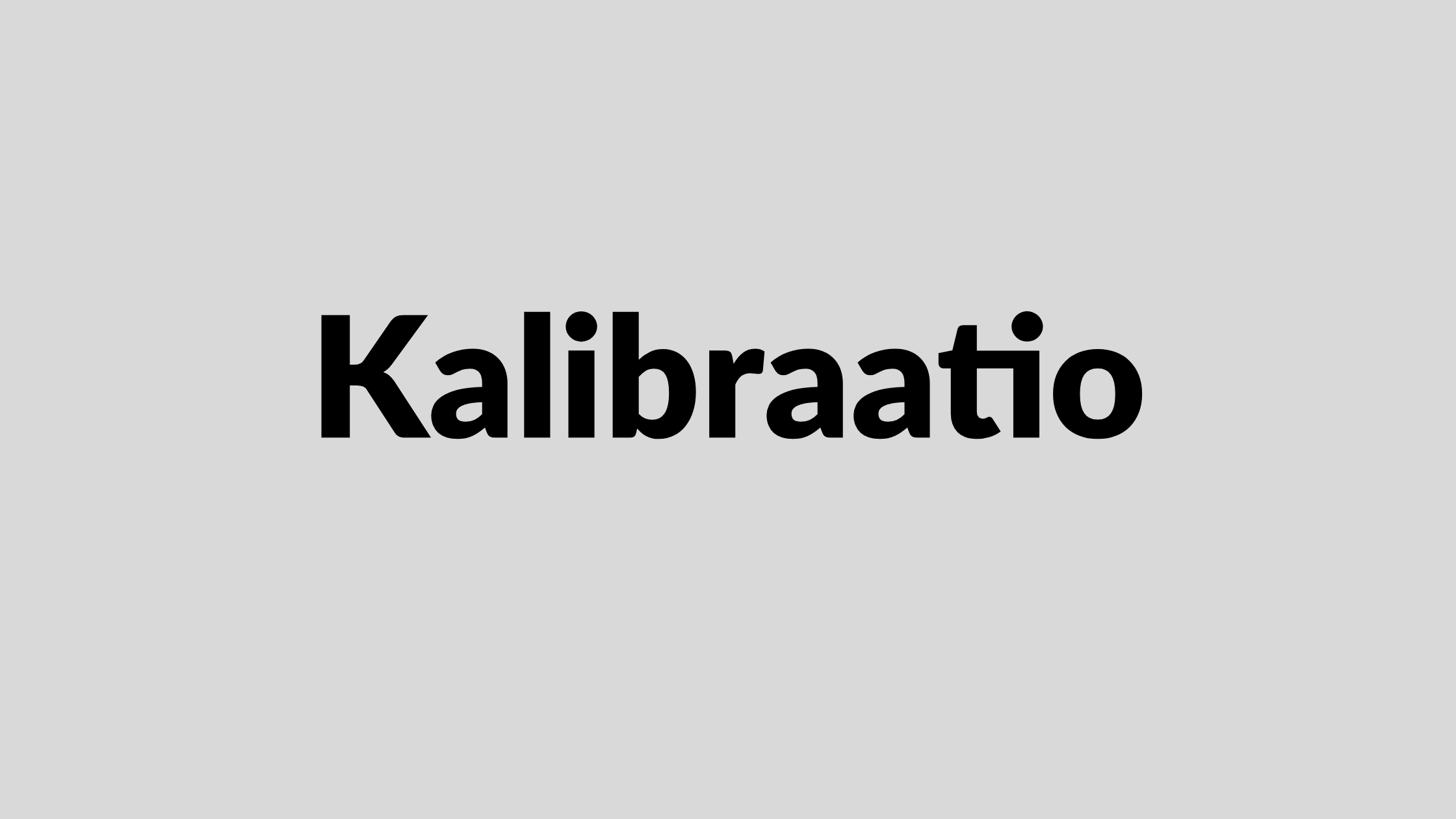Kalibraatio, the Finnish term for calibration, is the process of adjusting and verifying measurement instruments to ensure their accuracy. It is a crucial step in science, engineering, manufacturing, and everyday applications where precision matters. Whether used in laboratory equipment, industrial machinery, or personal devices, kalibraatio ensures that measurements are reliable and consistent over time. Without proper calibration, even the most advanced equipment can produce inaccurate results, leading to costly errors or safety risks.
Understanding the Concept of Kalibraatio
Kalibraatio involves comparing a device’s measurements against a known standard. If discrepancies are found, the device is adjusted to match the reference value. This ensures that the readings are not only correct at one point in time but remain stable during continuous use. The process can be manual, automated, or a mix of both, depending on the equipment and required accuracy.
Why Precision Matters in Measurement
Even a slight deviation in measurement can have significant consequences. For example, in medical laboratories, incorrect measurements can affect diagnosis and treatment. In manufacturing, poor calibration may lead to defective products or wasted materials. Kalibraatio prevents such issues by ensuring that the measuring instruments operate at their best performance level.
Types of Calibration in Different Fields
Calibration methods vary depending on the type of equipment and industry. Some common categories include:
Industrial Equipment Calibration
Used in manufacturing and construction, this type of calibration ensures tools like pressure gauges, torque wrenches, and laser alignment systems meet industry standards.
Scientific and Laboratory Calibration
In laboratories, calibration applies to balances, pipettes, and spectrometers. Accuracy is vital here, as even small measurement errors can compromise research results.
Electrical and Electronic Device Calibration
This involves instruments such as multimeters, oscilloscopes, and sensors. Electrical calibration is often performed in controlled environments to minimize interference.
Environmental and Climate Measurement Calibration
Weather stations, humidity sensors, and temperature probes require regular calibration to maintain accurate environmental readings for agriculture, climate research, and public safety.
The Step-by-Step Kalibraatio Process
While the exact steps vary by device, the general process of kalibraatio involves the following:
- Reference Standard Selection – Choosing a standard that meets national or international accuracy guidelines.
- Initial Measurement Check – Recording the instrument’s current output without adjustments.
- Adjustment and Correction – Fine-tuning the device to align with the reference.
- Verification – Re-testing to confirm accuracy.
- Documentation – Recording results for compliance and traceability.
Factors Affecting Calibration Accuracy
Several elements influence the effectiveness of kalibraatio:
- Environmental Conditions – Temperature, humidity, and vibration can impact readings.
- Frequency of Use – Instruments used daily may need more frequent calibration.
- Aging and Wear – Over time, components may degrade, affecting accuracy.
- Operator Skill – Proper training ensures consistent and correct calibration practices.
How Often Should Kalibraatio Be Done?
The frequency depends on industry standards, equipment type, and usage conditions. For example, laboratory instruments may require monthly calibration, while industrial tools might be checked annually. Some fields, such as aerospace or healthcare, mandate strict intervals for safety reasons.
Benefits of Regular Kalibraatio
Performing regular calibration offers several advantages:
- Improved Accuracy – Ensures measurements remain precise over time.
- Cost Efficiency – Reduces waste and prevents costly production errors.
- Compliance – Meets legal and industry regulations.
- Reliability – Builds trust in data and processes.
Common Mistakes in Kalibraatio and How to Avoid Them
Mistakes can occur if the wrong standards are used, environmental conditions are ignored, or records are not kept. To avoid these issues, follow manufacturer guidelines, maintain controlled environments, and always document calibration activities.
The Future of Calibration Technology
Advances in AI, IoT, and automation are transforming kalibraatio. Smart sensors can now self-calibrate, while remote monitoring allows technicians to verify accuracy without being physically present. These innovations make calibration faster, more accurate, and less labor-intensive.
Conclusion
Kalibraatio is more than just a maintenance task it’s a vital process that ensures accuracy, safety, and efficiency across various industries. By understanding its principles, applying correct procedures, and keeping up with technological advancements, businesses and individuals can maintain high-quality standards in their operations. Precision is the foundation of trust, and regular calibration is the key to achieving it.
FAQs
What is kalibraatio?
Kalibraatio is the process of adjusting and verifying measurement instruments to ensure they provide accurate results.
Why is calibration important?
It prevents errors, ensures compliance, and maintains product quality.
How often should calibration be performed?
It depends on the device, usage frequency, and industry standards, but regular intervals are essential.
Can calibration be automated?
Yes, many modern devices use self-calibrating technology for convenience and accuracy.
Does environmental condition affect calibration?
Yes, factors like temperature and humidity can influence measurement accuracy.

